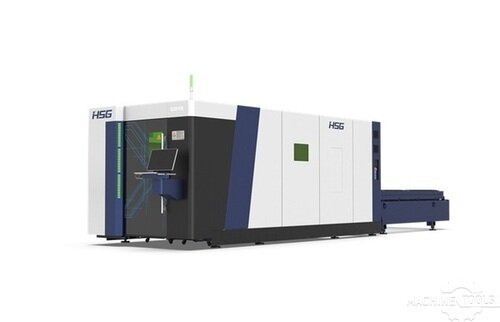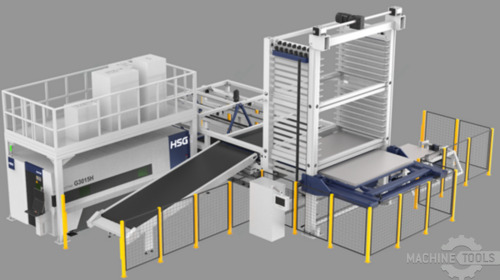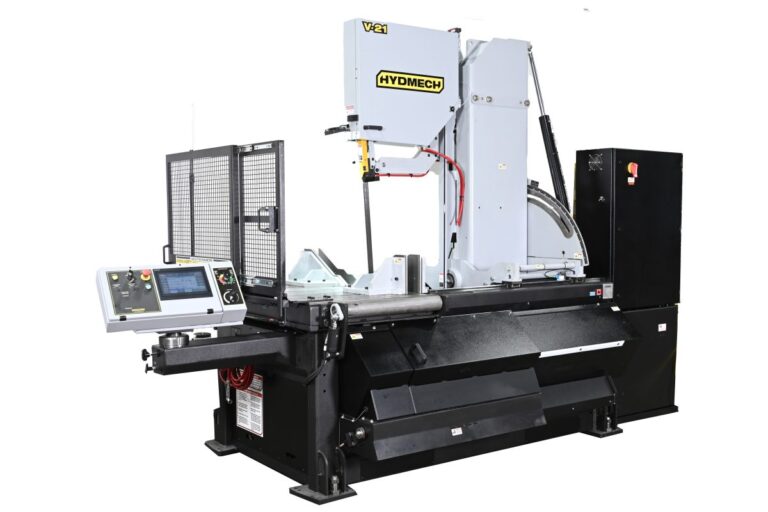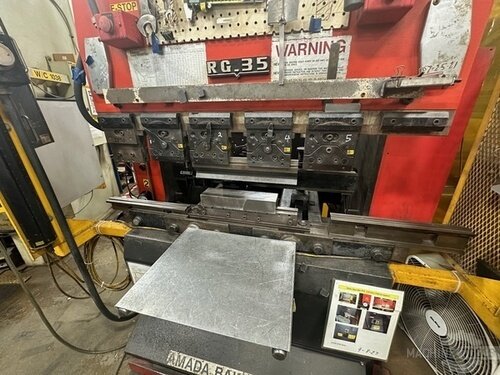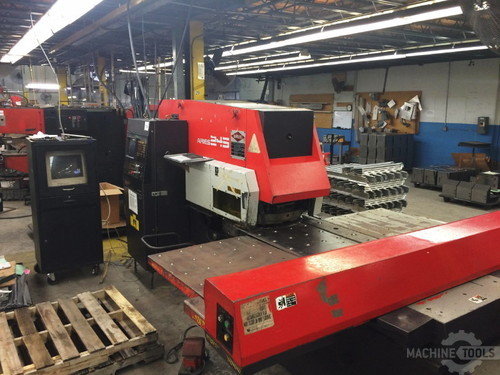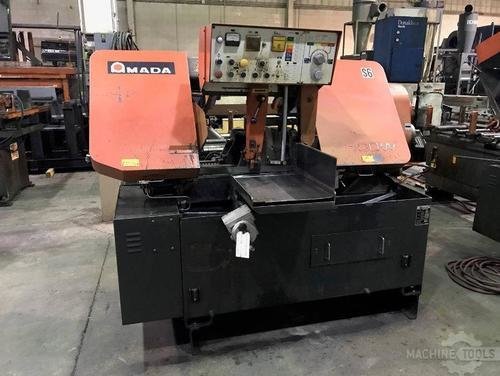In the ever-evolving landscape of industrial manufacturing, precision and efficiency are paramount. Laser cutting technology has emerged as a cornerstone in achieving these objectives across various sectors. This article delves into the intricacies of laser cutting, exploring its technological foundations, its widespread application across key industries, and the distinct advantages it offers in manufacturing processes. By understanding these facets, businesses can make informed decisions about integrating laser cutting into their operations, enhancing productivity and maintaining a competitive edge.
Understanding Laser Cutting Technology
Laser cutting technology utilizes a high-powered laser beam to cut materials with exceptional precision. The process involves directing the laser through optics and computer numerical control (CNC) to focus the beam on the material, melting, burning, or vaporizing it to achieve a clean cut. This method is renowned for its ability to produce intricate designs and complex shapes with minimal waste, making it a preferred choice in precision manufacturing.
The technology behind laser cutting has evolved significantly over the years. Initially, CO2 lasers were the standard, known for their efficiency in cutting non-metal materials. However, advancements have led to the development of fiber lasers, which offer higher power and speed, making them suitable for cutting metals and other tough materials. This evolution has expanded the scope of laser cutting, allowing it to cater to a broader range of industrial applications.
One of the key components of laser cutting technology is its software integration. Modern laser cutters are equipped with sophisticated software that allows for precise control over the cutting process. This software can optimize cutting paths, reduce material waste, and ensure consistent quality across production runs. As a result, manufacturers can achieve higher efficiency and lower operational costs.
Safety is another critical aspect of laser cutting technology. With the use of high-powered lasers, it is essential to implement safety measures to protect operators and equipment. Modern laser cutting machines are designed with safety features such as enclosed cutting areas, automatic shut-off systems, and protective eyewear requirements, ensuring a safe working environment.
Key Industries Utilizing Laser Cutting
The automotive industry is one of the primary beneficiaries of laser cutting technology. With the need for precision and efficiency in manufacturing automotive components, laser cutting provides the perfect solution. It allows for the production of intricate parts with tight tolerances, essential for ensuring the safety and performance of vehicles. Additionally, the speed of laser cutting helps automotive manufacturers meet high production demands.
In the electronics industry, laser cutting is used to produce small, precise components required for electronic devices. The ability to cut intricate patterns and shapes with high accuracy makes laser cutting ideal for manufacturing circuit boards, connectors, and other electronic components. This precision ensures the reliability and functionality of electronic devices, which is crucial in today’s technology-driven world.
The aerospace industry also relies heavily on laser cutting technology. The need for lightweight yet strong materials in aircraft manufacturing makes laser cutting an invaluable tool. It allows for the precise cutting of materials such as titanium and aluminum, which are commonly used in aerospace applications. The accuracy and efficiency of laser cutting contribute to the overall safety and performance of aircraft.
In the medical field, laser cutting is used to manufacture medical devices and equipment. The precision of laser cutting ensures that medical components meet strict regulatory standards and perform reliably in critical applications. From surgical instruments to implantable devices, laser cutting plays a vital role in the production of high-quality medical products.
HSG G3015X 6KW
HSG-G3015H V2.0-STORE PRO3015 10 SHELF
Advantages of Laser Cutting in Manufacturing
One of the primary advantages of laser cutting in manufacturing is its precision. The ability to produce intricate designs and complex shapes with high accuracy is unmatched by traditional cutting methods. This precision reduces the need for secondary processing, saving time and resources in the manufacturing process.
Laser cutting also offers significant speed advantages. The high-powered lasers used in modern cutting machines can cut through materials quickly, increasing production rates and reducing lead times. This speed is particularly beneficial in industries with high demand and tight production schedules, such as automotive and electronics manufacturing.
Another advantage of laser cutting is its versatility. It can be used to cut a wide range of materials, including metals, plastics, wood, and textiles. This versatility makes laser cutting a valuable tool for manufacturers across various industries, allowing them to produce diverse products with a single cutting technology.
Finally, laser cutting is an environmentally friendly option. The precision of laser cutting minimizes material waste, reducing the environmental impact of manufacturing processes. Additionally, advancements in laser technology have led to more energy-efficient machines, further contributing to sustainability efforts in the manufacturing industry.
Laser cutting technology continues to revolutionize the manufacturing landscape, offering unparalleled precision, speed, and versatility. By understanding its applications and advantages, businesses can leverage this technology to enhance their operations and maintain a competitive edge. For those interested in exploring how laser cutting can benefit their manufacturing processes, expert guidance and support are readily available.
FAQ
What materials can be cut using laser cutting technology?
Laser cutting can be used to cut a wide range of materials, including metals, plastics, wood, textiles, and more. The choice of laser type, such as CO2 or fiber, will depend on the specific material being cut.
How does laser cutting compare to traditional cutting methods?
Laser cutting offers superior precision and speed compared to traditional cutting methods. It also reduces material waste and eliminates the need for secondary processing, making it a more efficient and cost-effective option.
Is laser cutting safe for operators?
Yes, modern laser cutting machines are designed with safety features such as enclosed cutting areas, automatic shut-off systems, and protective eyewear requirements to ensure a safe working environment for operators.
What industries benefit most from laser cutting technology?
Industries such as automotive, electronics, aerospace, and medical manufacturing benefit significantly from laser cutting technology due to its precision, speed, and versatility.
Can laser cutting be used for both small and large-scale production?
Yes, laser cutting is suitable for both small and large-scale production. Its precision and speed make it ideal for high-volume manufacturing, while its versatility allows for the production of custom, small-batch items.
How does laser cutting contribute to sustainability in manufacturing?
Laser cutting minimizes material waste due to its precision, reducing the environmental impact of manufacturing processes. Additionally, advancements in laser technology have led to more energy-efficient machines, further supporting sustainability efforts.
What are the maintenance requirements for laser cutting machines?
Regular maintenance is essential to ensure the optimal performance of laser cutting machines. This includes cleaning optics, checking alignment, and replacing consumables such as lenses and nozzles. Preventive maintenance packages can help extend the lifespan of the equipment and reduce downtime.
Get Weekly Mac-Tech News & Updates

